
 Instagram
Instagram
Have I got Bacterial Vaginosis (BV) or Thrush?


Related products
Bacterial Vaginosis (BV) Vs Thrush
The conversation about vaginal health is critical, as it touches upon issues many women face but may not fully understand. Bacterial Vaginosis (BV) and Thrush, although common, are often confused due to their overlapping symptoms. Understanding the distinct characteristics of these conditions is essential for effective treatment and management. The complexity of the female reproductive system requires a nuanced approach to health and wellness, making education on conditions such as BV and Thrush vital.
Statistically, Bacterial Vaginosis is the most prevalent vaginal condition among women of childbearing age, affecting an estimated 30% of women in the UK according to a study by the National Health Service (NHS). Thrush, or candidiasis, is another common infection with 75% of women experiencing it at least once in their lifetime. These numbers signify the importance of distinguishing between the two for appropriate care.
This article serves an educational purpose, aimed at empowering readers with knowledge to accurately identify whether they may be experiencing Bacterial Vaginosis or Thrush. By elucidating the subtleties between these conditions, women can seek the correct treatment and potentially prevent recurrent episodes.
Overview of the Female Reproductive System

Anatomy of the Vagina
The vagina is a dynamic ecosystem, with its anatomy designed to maintain a delicate balance. It functions not just in the reproductive process but also in providing a protective environment against pathogens. A profound understanding of vaginal anatomy is fundamental to grasp how conditions like BV and Thrush develop.
The Role of Vaginal Flora
The vaginal flora is a complex and essential aspect of vaginal health, consisting predominantly of lactobacilli. This good bacteria maintains an acidic pH which is crucial in preventing the growth of harmful bacteria. Disruptions in this flora can lead to conditions such as BV, where there is an overgrowth of anaerobic bacteria, and Thrush, caused by an overgrowth of the fungus Candida.
Importance of pH Balance
Vaginal pH balance is a key factor in vaginal health, with a normal range of about 3.8 to 4.5. Dr. Jane Morgan, a gynecological expert, states, "Maintaining an optimal pH level is essential for the vagina to effectively self-regulate and combat infection." A shift in pH can be a harbinger of BV or Thrush, hence monitoring pH levels can be an indicator of overall vaginal health.
What is Bacterial Vaginosis (BV)?
Bacterial Vaginosis is a condition characterized by an imbalance of the vaginal microbiota. Epidemiological data suggest that BV is influenced by a multitude of factors, including sexual activity, antibiotic use, and hormonal changes. Its prevalence underscores the need for better public health strategies to address it.
Causes and Risk Factors
The exact cause of BV is not completely understood, but it is associated with a decrease in lactobacilli and an increase in other types of bacteria. Risk factors include new or multiple sexual partners, douching, and smoking. "The association between sexual activity and BV is complex, and does not imply causation," highlights Dr. Sarah Martin, a leading microbiologist.
Signs and Symptoms
Women with BV often experience symptoms such as a thin, watery discharge that can be gray or white in color, and a strong, fish-like odor, especially after sex. However, as many as half of those with BV are asymptomatic. The presence of symptoms necessitates a clinical diagnosis for appropriate treatment.
Complications if Left Untreated
Untreated BV can lead to serious health risks, including increased susceptibility to STIs, pelvic inflammatory disease, and complications during pregnancy. "The potential for ascending infection makes prompt treatment of BV imperative," states Dr. Emily Lawson, an obstetrician-gynecologist.
What is Thrush (Candidiasis)?
Thrush is a fungal infection caused by the overgrowth of Candida species, predominantly Candida albicans. While Candida is a normal resident in the vagina, an imbalance can lead to symptomatic infection. It is a common condition, but recurrent thrush can be a source of significant distress and may indicate an underlying health issue.
Causes and Risk Factors
Thrush can be triggered by factors that disrupt the normal vaginal environment, such as antibiotic usage, compromised immunity, diabetes, and hormonal fluctuations. Tight clothing and irritants like perfumed soaps can also contribute. "Thrush is not considered a sexually transmitted infection, but it can be transmitted through sexual contact," adds sexual health expert Dr. Oliver Thompson.
Signs and Symptoms
Symptoms of thrush include thick, white vaginal discharge often described as 'cottage cheese-like', itching, redness, and swelling of the vagina and vulva. Burning sensation during urination or intercourse is also common. These symptoms are often more intense than those of BV.
Complications if Left Untreated
Although not usually serious, untreated thrush can lead to chronic symptoms, recurrent infections, and discomfort. "Chronic thrush can significantly impact a woman's quality of life, causing psychological distress and sexual dysfunction," asserts Dr. Laura Kimball, a psychologist specializing in sexual health.
What are the difference between BV and Thrush?
Bacterial Vaginosis (BV) is typically characterized by a thin, grey vaginal discharge with a fishy odor, whereas Thrush (Candida yeast infection) usually presents as a thick, white, cottage cheese-like discharge with itching and irritation but without a significant odor. BV is caused by an imbalance of naturally occurring bacterial flora in the vagina, and Thrush is caused by an overgrowth of yeast. The differences between the two are explained below:
Symptom Comparison Chart
A symptom comparison chart is an effective tool for distinguishing between BV and Thrush. The discharge in BV is usually thin and milky, and in Thrush, it is thick and white. The hallmark of BV is its fishy odor, which is absent in Thrush. Itching is more commonly associated with Thrush, whereas BV may cause more discomfort and a burning sensation.
Visual Differences
Visually, Thrush can present with a characteristic cottage cheese-like discharge and redness of the vulva. BV typically does not cause significant redness or swelling. A gynecological examination can reveal subtle differences, aiding in accurate diagnosis.
Contributing Lifestyle Factors
Lifestyle factors that can predispose a woman to either condition include poor hygiene practices, non-breathable clothing, and the use of irritants. Dr. Hannah Clarke, a lifestyle medicine physician, suggests, "Adopting a lifestyle that supports a healthy vaginal environment can help reduce the risk of both BV and Thrush."
How to diagnosis and test for BV and Thrush?
To diagnose BV and Thrush, a doctor will usually perform a pelvic examination and take a sample of vaginal discharge. For BV, a pH test and a microscopic examination of the discharge can confirm the diagnosis, often alongside a whiff test for odor. For Thrush, a microscopic examination can detect the presence of yeast cells. Sometimes, for recurrent or unclear cases, the samples may be sent to a lab for culture. Self-diagnosis is not recommended due to the similarity in symptoms between the two conditions and the possibility of other infections.
When to See a Doctor
Identifying the right moment to consult a medical professional is pivotal in managing vaginal health concerns. As per the Royal College of Obstetricians and Gynaecologists, one should seek a doctor’s advice if there is an unusual discharge, discomfort, or odour that departs from their normal experience. Dr. Anne Foster, a leading gynaecologist, adds, “It’s essential for women to understand their own bodies because what is normal for one may not be for another. Any persistent change warrants a professional evaluation.” Understanding Bacterial Vaginosis and Thrush involves recognising symptoms that are atypical for you and taking prompt action to seek medical advice.
Tests and Examinations for BV
Bacterial Vaginosis is diagnosed through a combination of clinical examination and laboratory testing. A pelvic exam is conducted to inspect the vaginal walls and cervix. A swab of the discharge may be taken for a "whiff test" or to determine the vaginal pH. “Laboratory tests, such as the Nugent score from a Gram stain, are the gold standard for BV diagnosis,” informs Dr. Rachel Simmons, a microbiologist. Despite clear guidelines, misdiagnosis can occur, especially when symptoms are self-reported, thus accurate testing is crucial for confirming Bacterial Vaginosis.
Tests and Examinations for Thrush
For Thrush, clinical examination is often sufficient, as the signs are typically recognisable, such as the curd-like discharge and erythema. However, a definitive diagnosis may require a swab to identify the Candida species, particularly for recurrent cases. Dr. Lisa Hamilton, a consultant in sexual health, emphasises, “Microscopy and culture of the vaginal discharge are important to rule out other conditions and to tailor the treatment if standard therapies fail.” Such thorough testing for Thrush is necessary to ensure correct treatment and manage any underlying health issues contributing to the infection.
Limitations of Self-Diagnosis
While awareness of one’s symptoms is beneficial, self-diagnosis presents limitations and risks. Misinterpretation of symptoms can lead to inappropriate treatment choices. “Self-diagnosis can not only delay the correct treatment but can also worsen the condition,” warns Dr. Keith Morrison, a general practitioner with a special interest in women’s health. Self-diagnosis often overlooks the possibility of co-infections or alternative diagnoses, hence professional medical advice is critical when symptoms of Bacterial Vaginosis or Thrush are present.
What are Treatment Options for BV and Thrush?
Bacterial Vaginosis typically requires antibiotic therapy for treatment. Metronidazole or clindamycin are the antibiotics commonly prescribed. "Antibiotics are effective, but recurrences are common, which is why it's important to consider lifestyle factors as well," states Dr. Susan Lowell, a specialist in infectious diseases. Probiotics have gained attention for their role in restoring vaginal flora. Dr. Lowell adds, “While probiotics show promise, they should complement, not replace, standard treatments.” Follow-up is advised to prevent recurrence, involving re-evaluation and possibly additional treatment.
Antibiotics
Antibiotics for BV are designed to target the overgrowth of anaerobic bacteria. The course and type of antibiotic may vary based on individual circumstances. For effective treatment of Bacterial Vaginosis, completing the full course of antibiotics, even if symptoms improve, is vital.
Probiotics
Probiotics can be beneficial in re-establishing the normal vaginal flora. Supplements containing Lactobacillus strains are considered by many experts to be potentially beneficial. “Regular intake of probiotics may play a role in the prevention of BV,” notes Dr. Elaine Turner, a gynaecologist with a research focus on vaginal microbiome.
Follow-up and Recurrence Prevention
Regular follow-ups post-treatment are essential for monitoring and preventing recurrent BV. Dr. Turner advises, “Patients should be re-evaluated three months post-treatment to assess for recurrence, as asymptomatic recurrence is possible.”
Medical Treatments for Thrush
Treatment for Thrush often involves antifungal medications, either orally or topically. Over-the-counter treatments are common, but recurrent cases may require prescription-strength medication. “Identifying and managing any precipitating factors are equally as important as the antifungal treatment itself,” asserts Dr. Oliver Hayes, a dermatologist.
Antifungal Medications
Antifungal medications like clotrimazole, fluconazole, or miconazole are the mainstay of treatment for Thrush. “It’s imperative that treatment is followed as prescribed, even if symptoms appear to resolve quickly,” advises Dr. Hayes.
Home Remedies and Lifestyle Modifications
In conjunction with medical treatments, home remedies such as yoghurt with live cultures or garlic have been suggested, but evidence is mixed. Lifestyle changes, like wearing cotton underwear and avoiding irritating soaps, are widely recommended for the management of Thrush.
Follow-up and Recurrence Prevention
Ensuring follow-up consultations for Thrush is fundamental to verify resolution, especially in recurrent cases. “Women with recurrent Thrush may require a longer treatment regimen and should be assessed for possible underlying conditions such as diabetes,” Dr. Hayes adds.
What are the Prevention Strategies?
Lifestyle Changes for Prevention
Lifestyle modifications are integral to the prevention of both Bacterial Vaginosis and Thrush. “The vagina is self-cleaning, and interventions should be minimal to maintain its natural balance,” advises Dr. Mia Khan, a public health physician. Wearing loose-fitting clothing, opting for cotton underwear, and avoiding excessive washing with harsh soaps can prevent the conditions.
Sexual Health and Safe Practices
Safe sexual practices are important in preventing sexually transmitted infections, which can increase the risk of BV. Dr. Khan emphasises, “While Thrush is not classified as a sexually transmitted infection, awareness about partner’s health and hygiene contributes to overall sexual health and prevention of vaginal infections.”
Diet and Probiotics
Diet can influence vaginal health, with a balanced diet supporting the immune system and potentially reducing infection risks. The consumption of probiotics, such as those found in yoghurt, may benefit the maintenance of healthy vaginal flora. “A diet rich in fruits, vegetables, and probiotics can play a supportive role in preventing both BV and Thrush,” says Dr. Khan.
Importance of Regular Medical Check-Ups
Regular gynaecological check-ups are crucial for maintaining vaginal health and early detection of any abnormalities. “An annual exam can catch health issues before they become problematic,” states Dr. Khan. These check-ups are a cornerstone in the prevention strategy for Bacterial Vaginosis and Thrush.
People Also Ask
What us the Impact of hormones and life stages?
Menstrual Cycle and Its Effects
The menstrual cycle can affect vaginal health, with hormone fluctuations potentially altering vaginal flora and pH balance. “Women may experience changes in their symptoms of BV and Thrush during different phases of their menstrual cycle,” explains Dr. Sandra Miller, an endocrinologist.
Pregnancy and Postpartum Changes
Pregnancy and the postpartum period bring significant hormonal changes that can affect the risk of developing Bacterial Vaginosis or Thrush. “Pregnant women are at a higher risk for BV, which can have implications for the pregnancy,” notes Dr. Miller. Thrush is also more common during pregnancy due to hormonal changes affecting the vaginal environment.
Menopause and Vaginal Health
Menopause can lead to a decrease in estrogen levels, which may disrupt the vaginal flora and pH, making postmenopausal women more susceptible to infections like BV and Thrush. Dr. Miller advises, “Postmenopausal women should be particularly vigilant about vaginal health and seek advice if they notice changes.”
What are some Misconceptions and Myths about BV and Thrush?
Misinformation about Bacterial Vaginosis and Thrush is widespread. “Many believe that BV is always sexually transmitted or that Thrush can only affect women with poor hygiene, both of which are incorrect,” clarifies Dr. Tara Stewart, an expert in sexual health education.
The Truth About Hygiene Products and Douching
Hygiene products and douching are often mistakenly believed to prevent infections. “In fact, douching can disrupt the natural balance of the vagina, potentially leading to BV or Thrush,” states Dr. Stewart. It's important to use mild, unscented products and avoid unnecessary interventions.
Understanding the Role of Sexual Activity
Sexual activity can influence vaginal health, but it's not the sole factor in developing BV or Thrush. “A holistic approach to sexual health is crucial; understanding that these conditions can arise from a multitude of factors is important,” says Dr. Stewart.
What medications help treat BV and Thrush?
For treating Bacterial Vaginosis (BV), the primary medications are antibiotics, such as:
Metronidazole (Flagyl): Available in oral (tablet) form or as a topical gel.
Clindamycin (Cleocin): Available as a cream that is applied inside the vagina.
For more Bacterial Vaginosis Treatment.
For treating Thrush (vaginal yeast infection), antifungal medications are used, such as:
Fluconazole (Diflucan): A single-dose oral tablet.
Imidazole-based creams or suppositories: Including clotrimazole, miconazole, and several others, which are applied directly to the affected area.
For more Thrush Treatment.

Conclusion
Distinguishing between Bacterial Vaginosis (BV) and Thrush is crucial for effective treatment and maintaining vaginal health. While both conditions share similarities in their manifestation, they are distinct infections with different causes - BV arises from an imbalance of bacteria, while Thrush is a yeast overgrowth. Recognizing the characteristic symptoms of each, such as the fishy odor typical of BV or the cottage cheese-like discharge associated with Thrush, can guide individuals in seeking the correct diagnostic tests and treatment.
However, due to the nuanced nature of these symptoms and the possibility of co-infections, self-diagnosis can be challenging and unreliable. Consulting a healthcare professional for a definitive diagnosis and appropriate treatment is always the recommended course of action. Awareness and education about these conditions are paramount; they empower individuals to take charge of their health, understand the importance of prompt treatment, and take preventative measures to avoid recurrence. As such, any concerns regarding vaginal health should prompt a consultation with a medical expert to ensure the well-being and comfort of those affected.




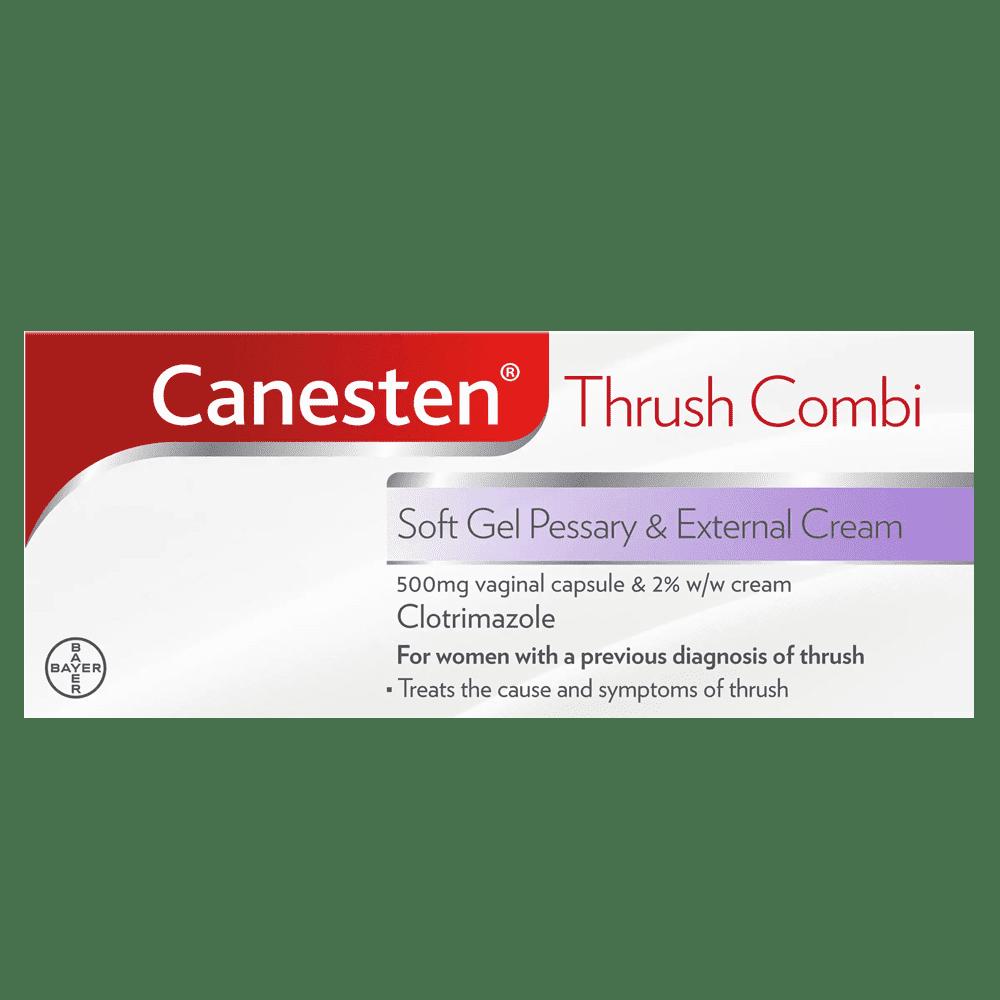
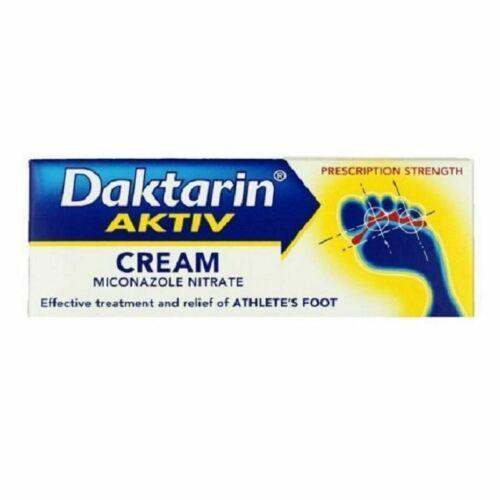



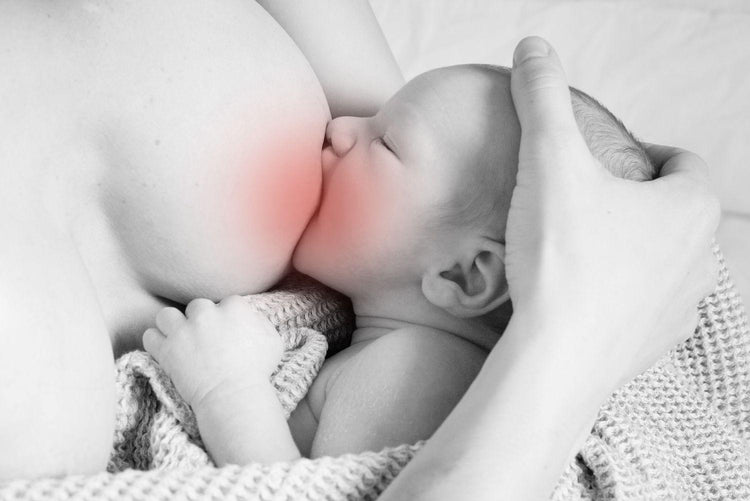

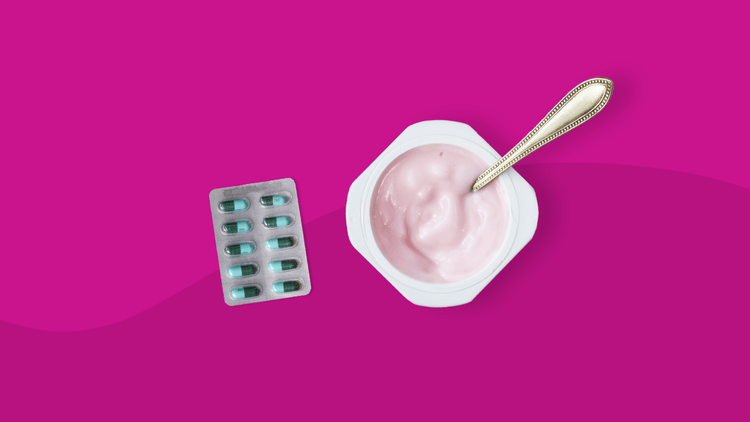



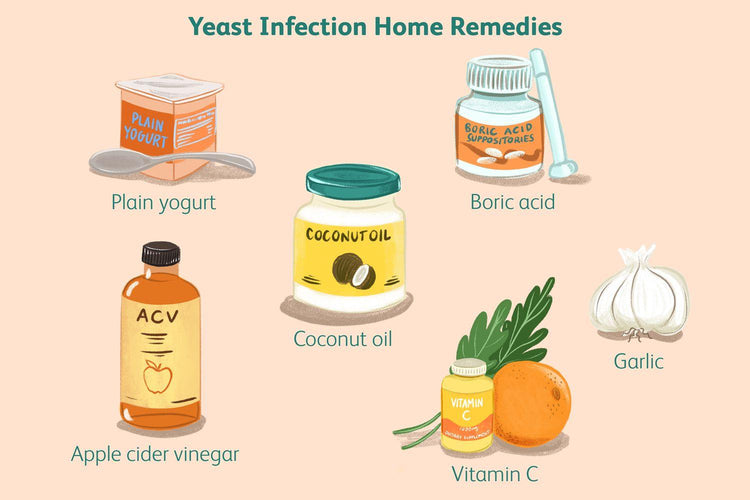


 Rated Excellent by 26,523+ Reviews
Rated Excellent by 26,523+ Reviews